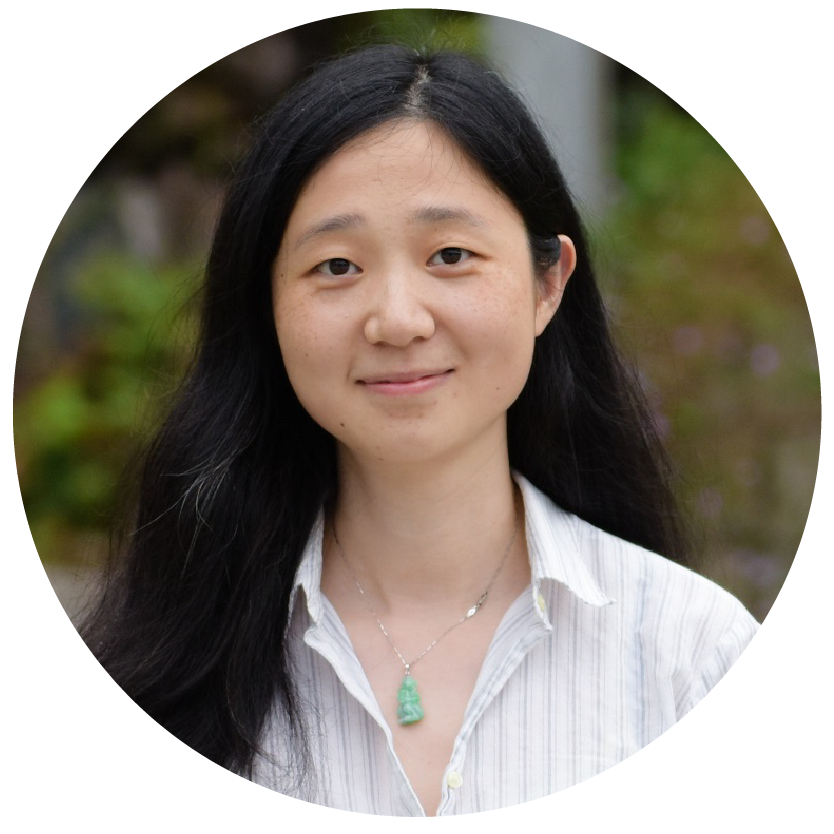
Prof. Ni ZHAO
Professor
Department of Electronic Engineering, Faculty of Engineering, CUHK
Biography
Prof. Ni Zhao received her Ph.D. degree in Physics from University of Cambridge in 2008. From 2008-2010 she worked as a postdoctoral research associate at Massachusetts Institute of Technology. She joined the Department of Electronic Engineering at CUHK in 2010 and is now a Full Professor. Her recent work focuses on development of low-cost energy harvesting devices, nanostructured optoelectronic devices and sensors for biomedical applications. Her research to date has generated over 170 journal publications, with an h-index of 63. Prof. Zhao was listed as Highly Cited Researchers 2018 by Clarivate Analytics and is a Fellow of Royal Society of Chemistry.
New Generation Medical Devices Enabled by Hybrid and Nanostructured Semiconductors
The increasing global demand on renewable energy and personalized healthcare technologies calls for a new generation of optoelectronic devices and sensors that are high-performance, low-cost, flexible, and compatible with arbitrary platforms including human organs. Low-temperature processed hybrid and nanostructured semiconductors are an ideal class of materials for such devices because they can be directly patterned to various 2D and 3D substrates through low-cost printing processes and their electronic and mechanical properties can be easily tuned through composition or morphology tuning.
In this talk, I will describe how this class of materials enables a new generation of wearable medical devices. In particular, I will focus on the design of flexible optical and mechanical sensors for noninvasive physiological measurements and robot vision. Firstly, I will introduce how we exploit composition tuning and device engineering to achieve high-sensitivity epidermal optical probes for continuous tracking of heart rate variability, arterial blood pressure and cerebral oxygenation. Secondly, I will talk about the development of new pressure sensors and sensor arrays, with a focus on solving the commonly seen alignment-sensitive and crosstalk issues of the devices.
